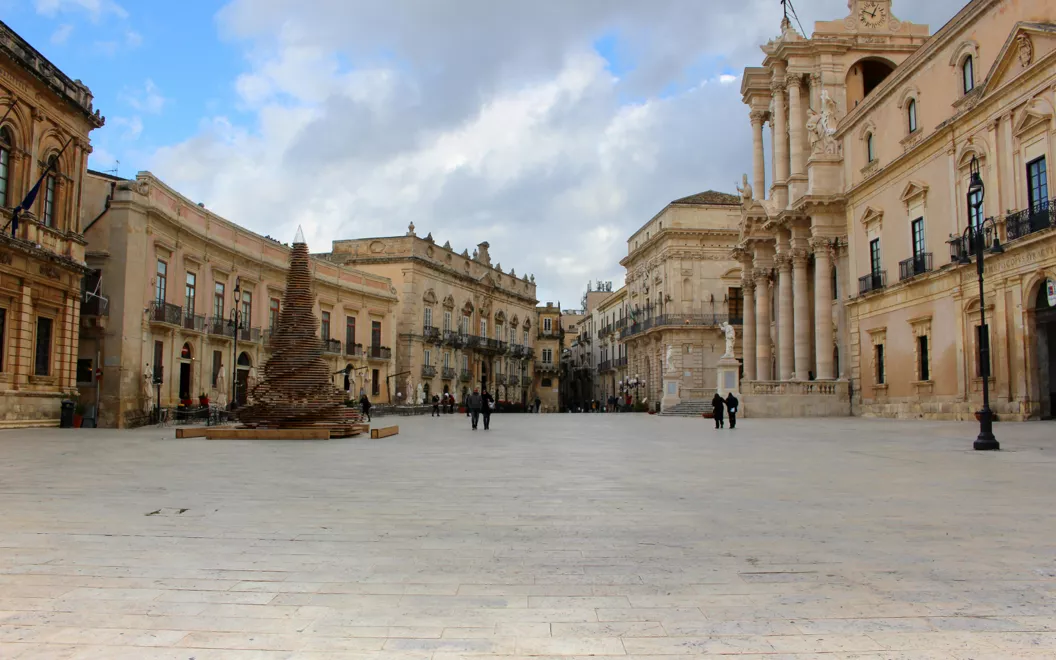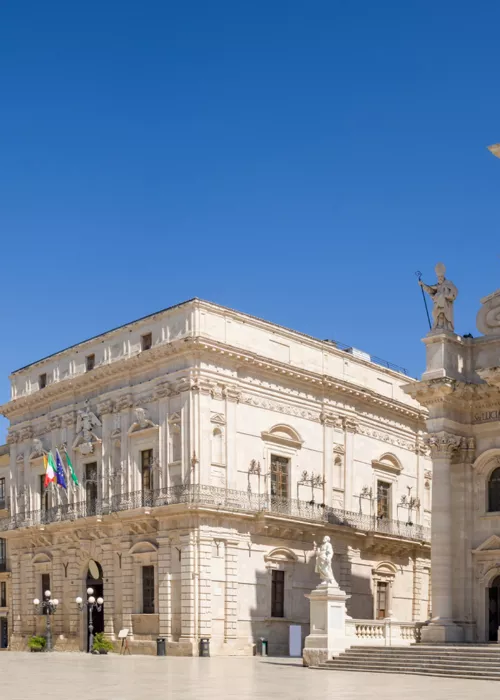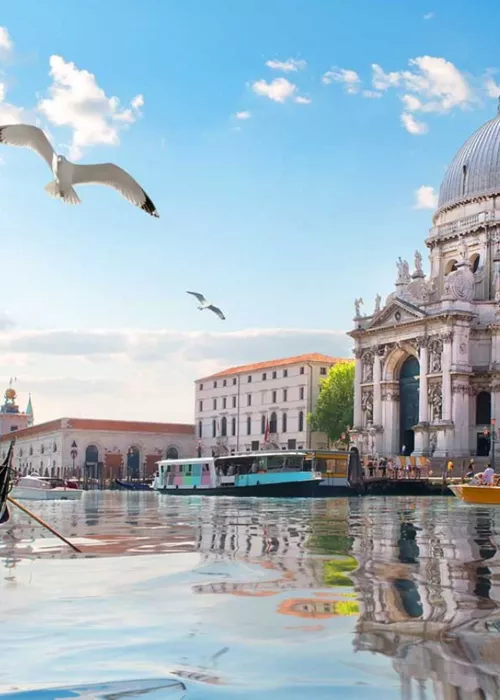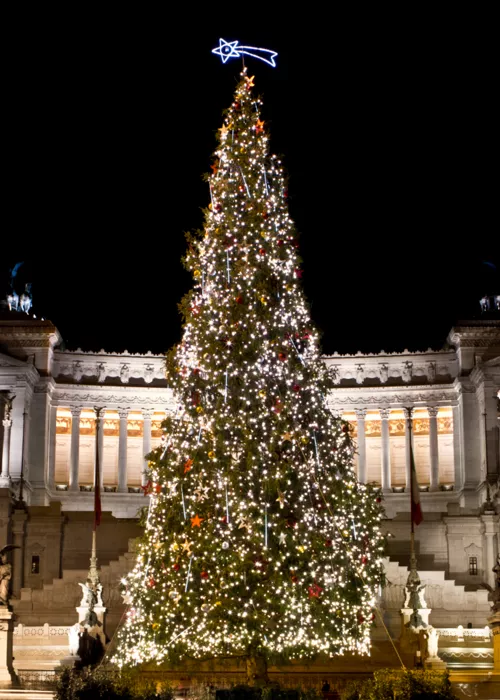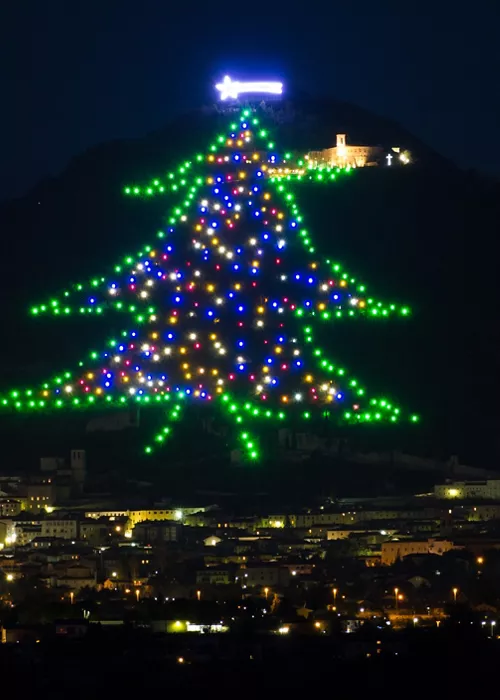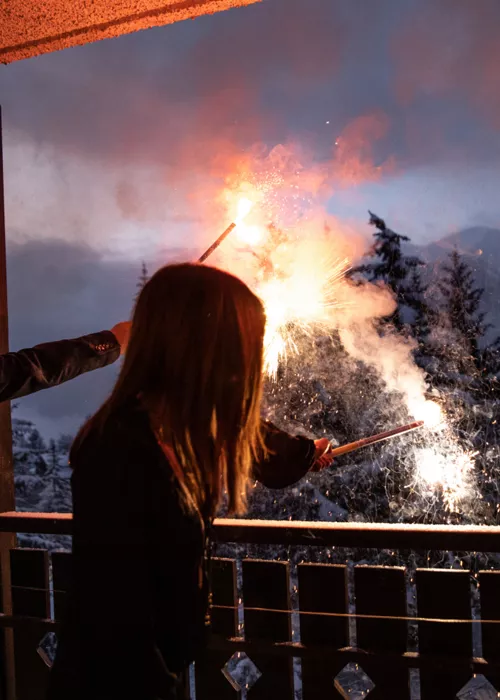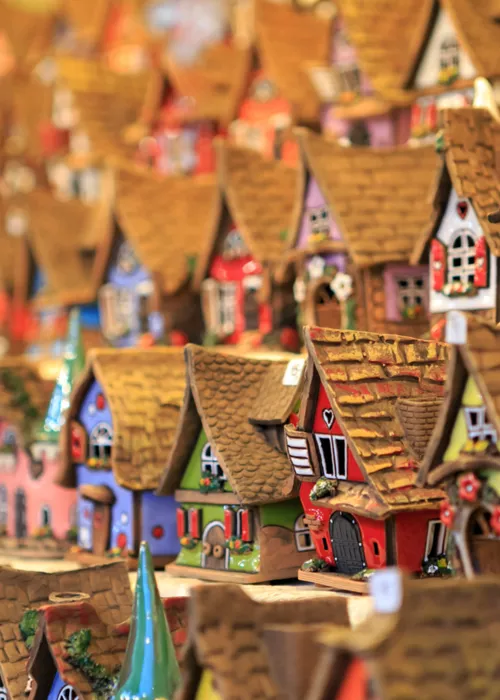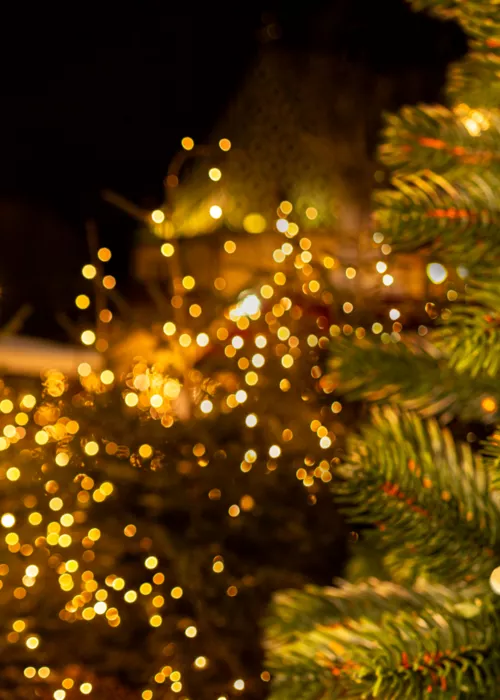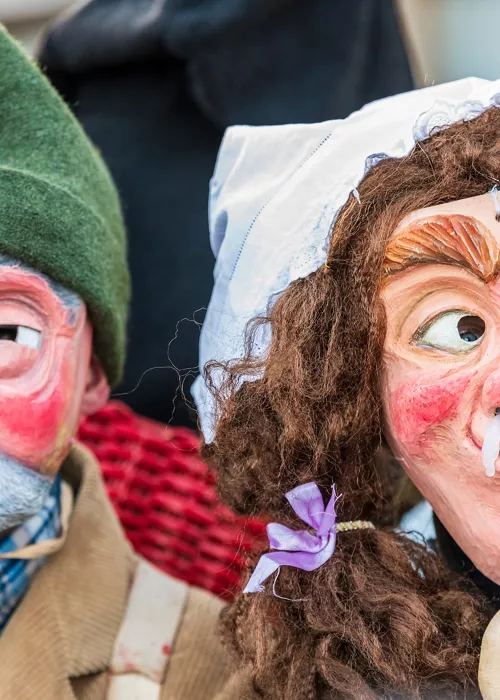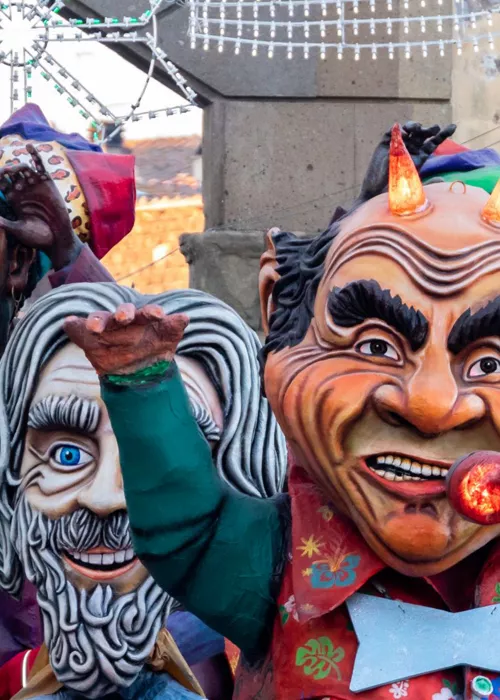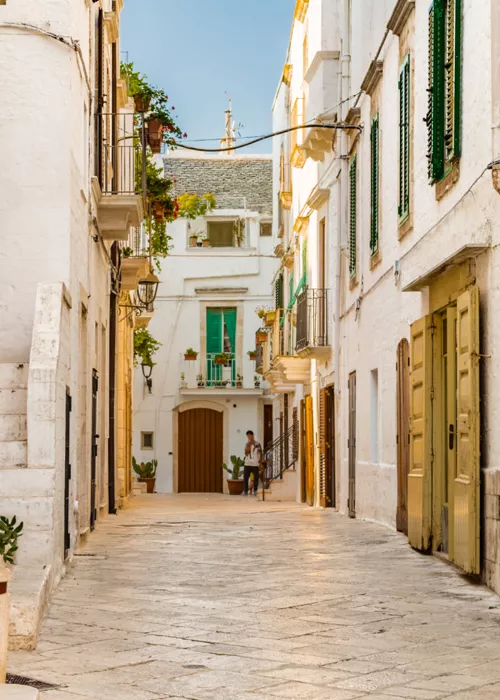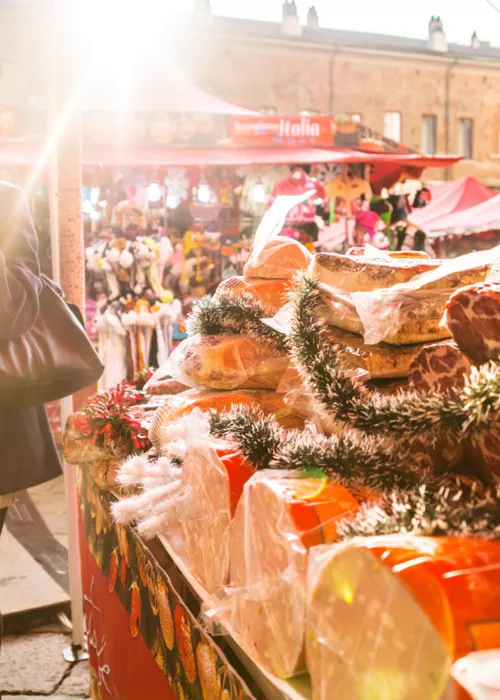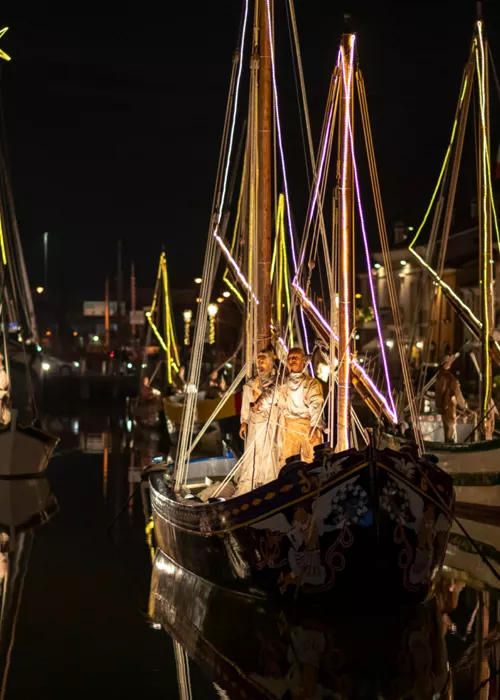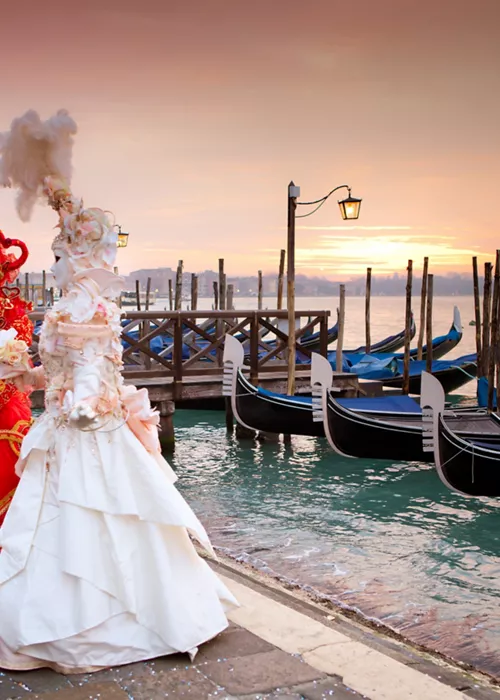The feast of Santa Lucia is a journey through popular traditions, from Syracuse to Venice
4 minutes
She is patron saint of her home town, Syracuse, and is celebrated with an impressive procession. While in the North, Lucia is a female Father Christmas.
A trip during this period provides the excitement of contact with ancient popular rituals, still deeply felt today.
The procession and rites in honour of Santa Lucia in Syracuse
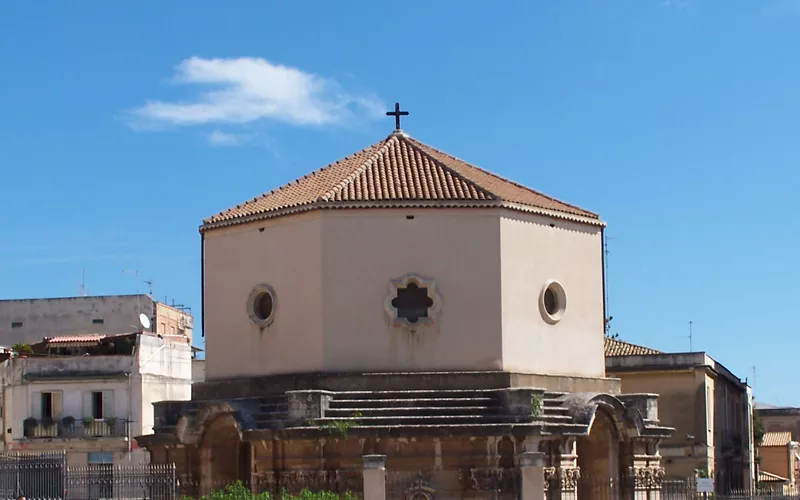
Saint Lucy was born in Syracuse, a city in Sicily where the veneration of the martyr and patron saint is at the centre of fervent popular devotion. The celebrations reach their peak on 13 December, the date of her martyrdom, which occurred in 304 A.D. during Diocletian’s Christian persecutions.
On this day, a solemn procession accompanies the statue and relics of the Saint from the Cathedral to the Church of Lucia al Sepolcro, a route that is completed in reverse on 20 December. The statue is a precious silver simulacrum, dating back to 1599: the Saint wears a palm and a lily, respectively a symbol of martyrdom and purity, on her left hand, the reliquary on her chest, a gem-studded dagger on her throat, and in her right hand a plate with eyes and a flame. Indeed. The name Lucia comes from the Latin lucis via, meaning the way of light. Her biographers tell us that Lucia had her eyes plucked out, a myth that led to her being named the Protector of Sight.
Witnessing the procession stirs up intense emotions. The statue is carried on people’s shoulders along the streets of the historic centre, ancient Ortigia, and many devotees walk barefoot, amid flowers and burning candles.
For an immersion in the festivities and traditions associated with the worship of Santa Lucia, we recommend travelling to Syracuse some time in advance, to experience some lively days[MM1] : the musical band parading through the streets, the masses, and the display of her relics in the chapel take place on 9 December.
On 13 December, in the morning, the celebration takes place in the Cathedral, where a high prelate officiates at the Pontifical, prelude to the procession that starts at 3.30 pm.
Photo credit: Davide Mauro
The miracles and the dish that symbolises the feast of Santa Lucia, to fully participate in the ritual
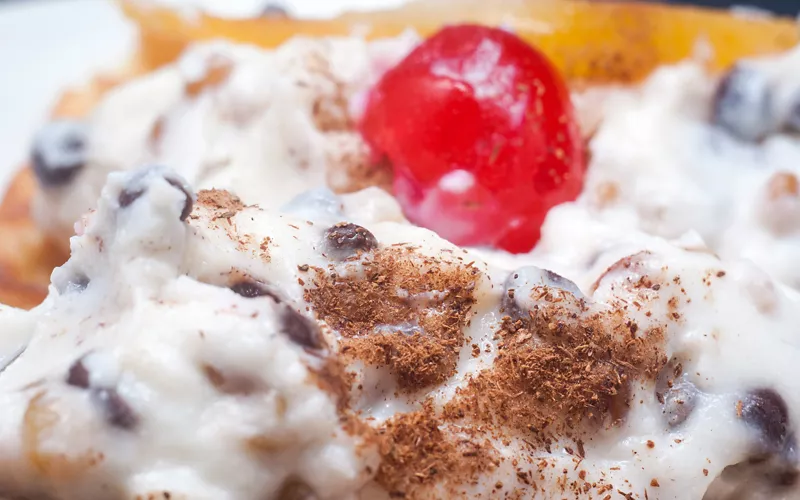
Many miracles linked to famines in Sicily are attributed to Santa Lucia. The main one took place in the starving Syracuse of the 17th century. The citizens turned to their patron saint, invited to pray by the bishop of the time, to end the famine. This happened, according to the myth, thanks to the arrival of ships in the port laden with legumes and wheat. This legend is the reason why the consumption of bread and pasta is forbidden on 13 December: on that day, the population anxious to feed themselves did not grind wheat, but simply boiled it.
The gastronomic symbol of the feast of Santa Lucia in Syracuse is therefore cuccìa, a term derived from 'grain', and consists of boiled wheat seasoned in a creative way. The sweet version includes ricotta and honey, and nowadays also chocolate, or milk, sugar and candied pumpkin, while the savoury version is an invigorating soup with the addition of beans.
By no means does a period of penitence await you during the Santa Lucia festivities. On the contrary, there is a joyous conviviality featuring other irresistible regional specialities, from arancini to panelle (fritters).
Santa Lucia and Venice are linked by a dual bond
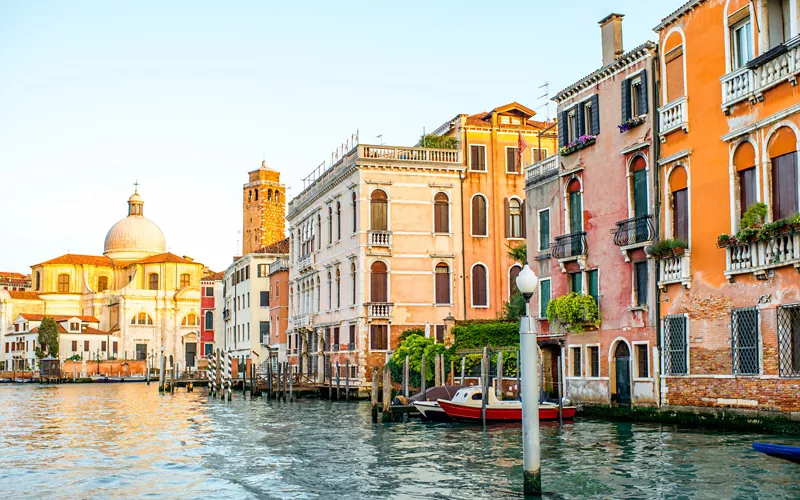
The feast of Santa Lucia is celebrated in many other Italian cities.
On the same day, 13 December, Venice honours the Saint, because various sources of history and myth report that her body arrived in the lagoon city, where her remains still reside.
Have you ever wondered about the name of the Venetian station? It is actually called Santa Lucia, and is a place that once housed the Church of Santa Lucia, guardian of her remains, before being transformed into a railway junction following the demolition of the place of worship. The remains were then moved to the magnificent Church of San Geremia overlooking the Grand Canal, where they can still be found today and where you can join the religious celebrations on the feast day.
In Northern Italy, Santa Lucia is a female Father Christmas

In Northern Italy, Santa Lucia is a bearer of gifts to children, anticipating the magic of Christmas: she does not arrive by sleigh, but on the back of a donkey.
In the ancient calendar, 13 December coincided with the winter solstice, and in the countryside there was a custom of giving part of the fruits of the earth to families who had not benefited from an abundant harvest. Hence the tradition of Santa Lucia gifts, which spread from Venice to Brescia, from Udine to Verona, to the cities of Trentino-South Tyrol.
Ask the children to write their wishes in a short letter on 12 December, and during the night, Santa Lucia will arrive to grant them. But they will only receive toys if they leave biscuits and a glass of wine or milk for her on the table, as well as a carrot for the donkey.

